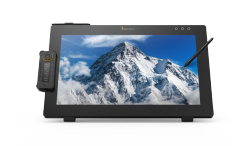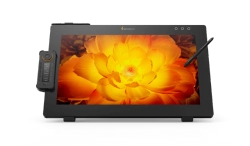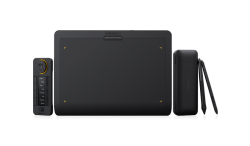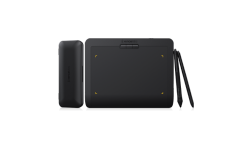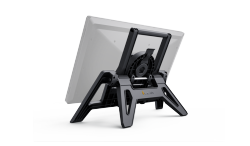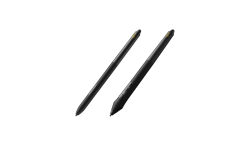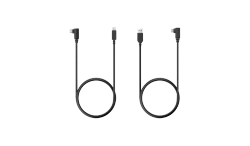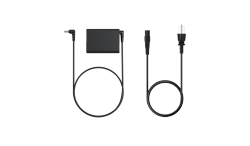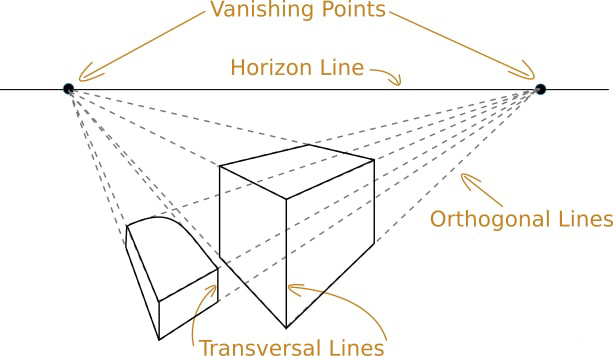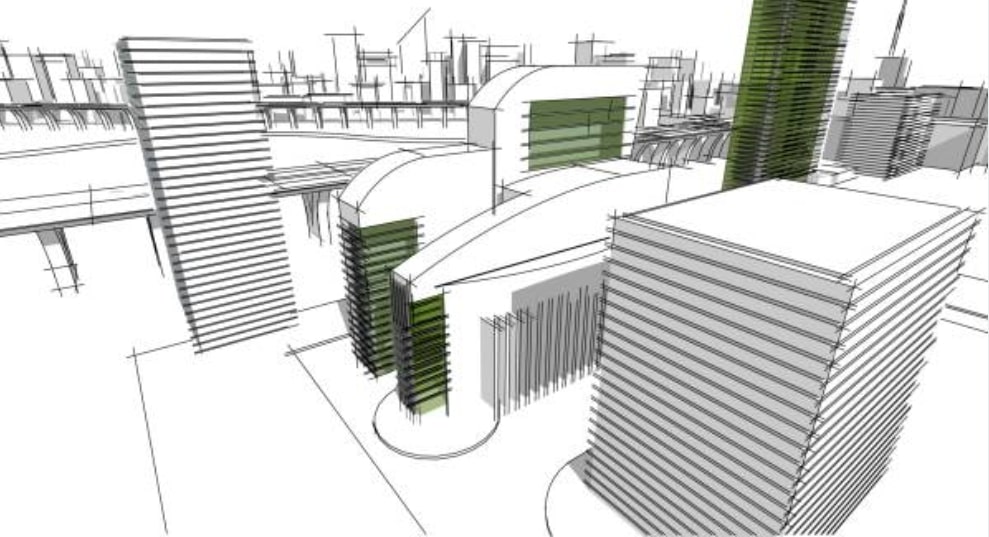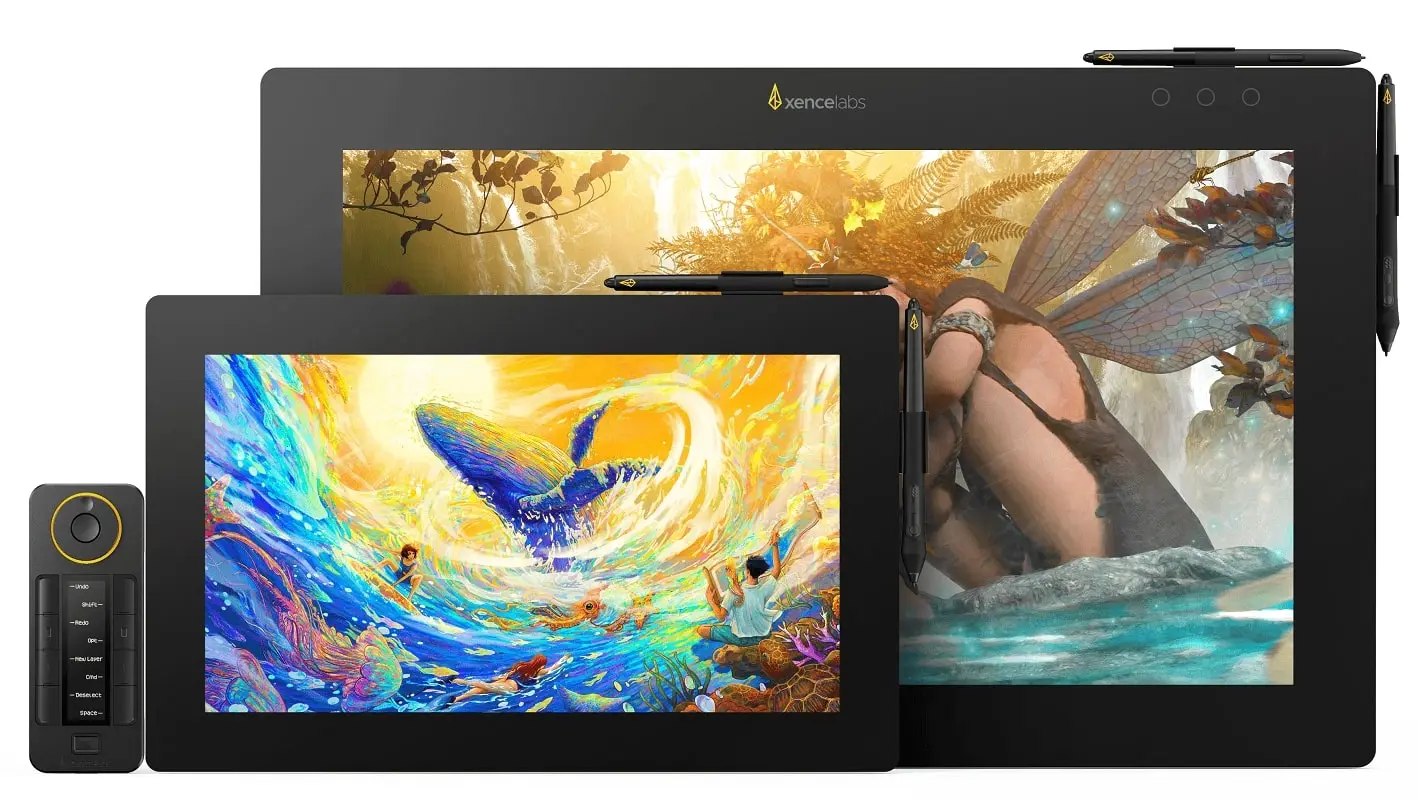Two-point perspective drawing is a crucial skill for artists and architects, enabling them to create realistic and immersive architectural renderings. In this comprehensive guide, we will explore the world of two-point perspective, from its basic principles to advanced techniques. By the end of this article, you'll have the knowledge and confidence to master the art of two-point perspective, from creating a two-point perspective drawing house to more complex works.
What is Two-Point Perspective?
Two-point perspective, also known as double point perspective, is a drawing technique used to depict three-dimensional objects and spaces on a two-dimensional surface. It is especially useful when rendering architectural scenes, as it creates the illusion of depth, scale, and realism. Unlike one-point perspective, which relies on a single vanishing point, two-point perspective uses two vanishing points located on the horizon line.
In two-point perspective, parallel lines that recede into the distance converge towards these two vanishing points. This convergence mimics how objects appear smaller as they move away from the viewer in the real world. As a result, two-point perspective is particularly suited for architectural drawings, interior spaces, and scenes with complex angles.
Basic Principles of Two-Point Perspective
Before we dive into the techniques and examples of 2-point perspective drawing, let's establish the fundamental principles that underpin this technique, giving you a foundation to start easy two-point perspective drawing:
Two Vanishing Points: In two-point perspective, there are two vanishing points positioned on the horizon line. These points dictate the direction in which parallel lines will converge as they recede into the distance. Typically, one vanishing point is placed to the left of the viewer, while the other is on the right.
Horizon Line: The horizon line represents the viewer's eye level and serves as a reference point in the drawing. Its placement can vary based on the artist's intent, but it usually runs horizontally across the composition.
Orthogonal Lines: Orthogonal lines are diagonal lines that connect points on an object to the vanishing points. They play a vital role in constructing the perspective of an object or scene.
Main Lines and Shapes: Main lines and shapes in your composition are those that follow the principles of two-point perspective. These include vertical lines, transversal lines (horizontal lines), and lines that converge towards the vanishing points.
Scale and Size: Objects drawn in two-point perspective should adhere to a consistent scale. This means that as objects recede into the distance, they should appear smaller, maintaining the illusion of depth.
Now that we've covered the basic principles, let's explore the techniques and examples of two-point perspective drawing.
Techniques and Examples of Two-Point Perspective
Drawing in two-point perspective involves several specific steps:
Identify Vanishing Points: Start by determining the location of your two vanishing points on the horizon line. These points will guide the convergence of lines in your composition.
Draw the Horizon Line: Sketch a straight horizontal line across your paper to represent the horizon line. This line represents your eye level as the viewer.
Establish Main Lines: Begin drawing the main lines and shapes in your composition. These could be the sides of buildings, streets, or any other elements that follow the principles of two-point perspective.
Use Orthogonal Lines: Draw diagonal orthogonal lines from various points on objects to the vanishing points. These lines create the illusion of depth and perspective.
Add Details: Once you've established the main structure, you can start adding details to your drawing. Pay attention to how objects appear smaller as they move away from the viewer.
To help illustrate the power of two-point perspective, let's look at some famous examples in art history:
The Last Supper by Leonardo da Vinci: In this iconic painting, Leonardo used two-point perspective to create the architectural setting and depth within the scene.
The Annunciation by Sandro Botticelli: Shows the Angel Gabriel delivering God's message to the Virgin Mary. The architecture and spatial perspective in the picture create a three-dimensional effect through two vanishing points.
Common Challenges and Mistakes
While two-point perspective is a powerful technique, it comes with its share of challenges and potential pitfalls. Some common issues artists encounter include:
Complex Shapes: Drawing complex objects or structures in two-point perspective can be challenging. Artists may struggle with the correct placement of orthogonal lines.
Angles and Curves: Achieving accurate angles and curves can be tricky, particularly when dealing with irregular shapes or curved surfaces.
Scale Inconsistencies: Maintaining a consistent scale as objects recede into the distance is crucial for a convincing perspective. Inconsistent scaling can disrupt the illusion of depth.
Overcrowding: Crowding too many elements into a two-point perspective composition can make it appear cluttered and less effective in conveying depth.
Recommended Solutions to Common Challenges and Mistakes
To overcome these challenges and avoid common mistakes in two-point perspective drawing, consider using a tool like the Xencelabs Pen Display 24 or Xencelabs Pen Display 16. This professional-grade pen display offers several advantages:
High-Quality Display: The Xencelabs pen displays provides a high-resolution display that is virtually free of glare and accurately reflects your artwork, allowing you to spot and correct perspective errors more easily.
Precise Pen Input: The two different sizes pens provide by Xencelabs offer precise input, ensuring that your lines and shapes adhere to the principles of two-point perspective.
Large Work Surface: If you choose Xencelabs Pen Display 24, its ample workspace allows you to comfortably work on complex architectural renderings without feeling constrained.
Portable Work Studio: If you choose Xencelabs Pen Display 16, its thin, light and portable features allow you to create anytime and anywhere. As the industry’s first 4K OLED Pen Display, it will give you unexpected surprises.
Efficient Workflow: The Xencelabs Pen Display series will provide a Quick Key to streamline your workflow, making it easier to access frequently used tools and commands.
Studio-Grade Quality: The Xencelabs pen displays are ideal for professional use and studio environments, where the utmost accuracy and quality are essential.
Conclusion
In conclusion, drawing with two-point perspective is a valuable skill for artists and architects alike. It allows you to create lifelike architectural renderings with depth, scale, and realism. By understanding the basic principles and techniques of two-point perspective, you can elevate your artwork to new heights.
Remember that practice is key to improving your skills in two-point perspective drawing. Whether you're starting out by drawing a simple two-point perspective room, or getting more complex with buildings, interior spaces, and intricate architectural details, the principles of two-point perspective will serve as your foundation for creating compelling and immersive compositions.
As you embark on your journey to master two-point perspective, consider the challenges and potential mistakes you may encounter. Utilize tools like the Xencelabs Pen Display series to enhance your workflow and ensure the accuracy of your drawings. With dedication and practice, you'll find that two-point perspective opens up a world of possibilities for creating stunning architectural renderings that captivate viewers and transport them into the world you've created.


